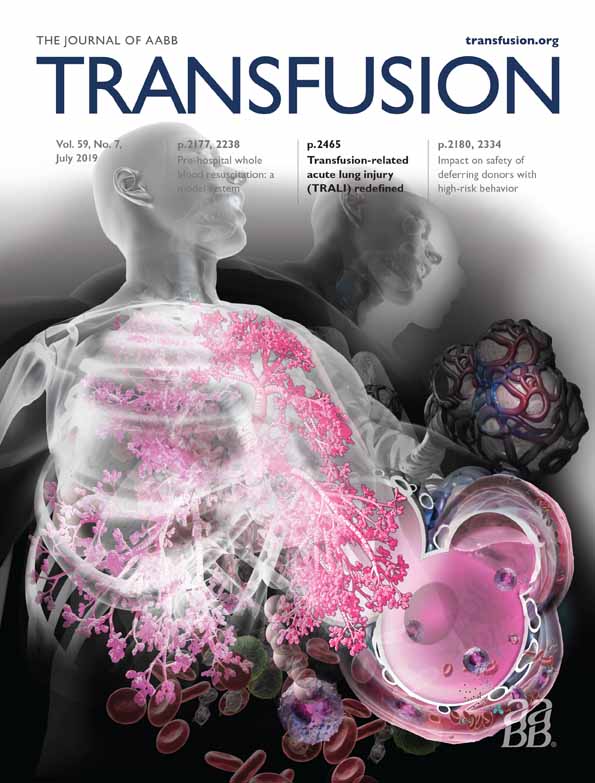Platelet transfusion as treatment for factor V deficiency in the parturient: a case report
Abstract
BACKGROUND
Congenital factor V deficiency, also called parahemophilia, is a rare hematological disorder that can be treated with platelet transfusion.
CASE PRESENTATION
A 27-year-old G2P0100 with factor V deficiency was admitted for induction of labor and requested labor epidural analgesia. Throughout her hospital course, factor V levels were managed per recommendation from her hematologist, which included transfusing fresh frozen plasma (FFP) to maintain a factor V level of 50% before any neuraxial technique and 40% for postpartum hemostasis. The parturient required multiple transfusions of FFP to stay at this level, which eventually resulted in pulmonary edema. Given the request to maintain high levels of factor V, the parturient was transfused with platelets as an alternative source of factor V. The parturient eventually delivered a healthy neonate without signs of postpartum hemorrhage or epidural hematoma.
CONCLUSION
A major learning point from this case is that platelet transfusion is an effective alternative in the management of factor V deficiency. Factor V released by platelets has enhanced procoagulant function, resulting in local factor V concentrations 100 times more than that of plasma, and has a significantly extended half-life. Platelet transfusion should be considered as a therapy in treating parturients with factor V deficiency.
CONFLICTS OF INTEREST
The authors have disclosed no conflicts of interest.




